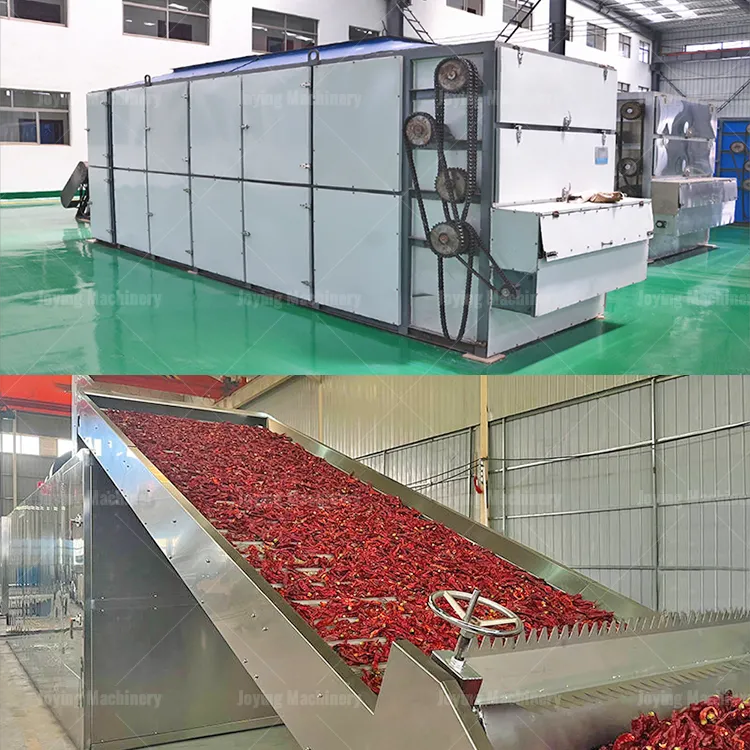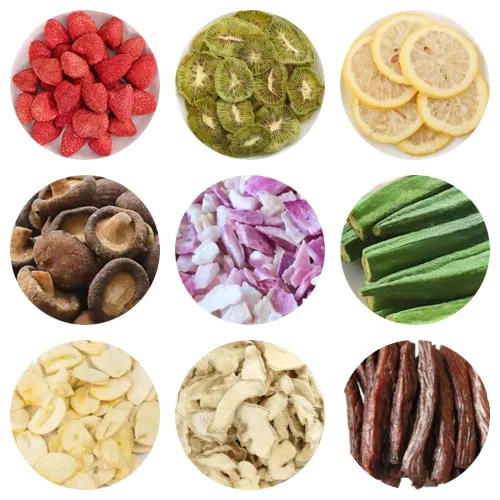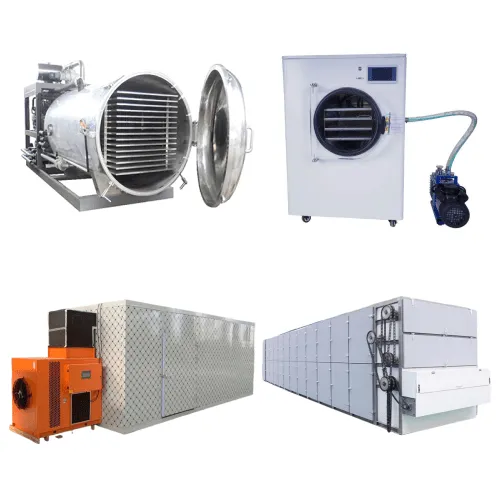
If you’ve ever wondered how large-scale food processing factories efficiently dry fruits, vegetables, and other agricultural products, the answer lies in a machine called a belt dryer. As someone who has worked with these machines for years, I can tell you that belt dryers are a game-changer for industries that need consistent, high-quality drying results. But how exactly do they work? Let’s dive into the mechanics and benefits of this incredible piece of equipment.
A belt dryer is a continuous drying system that uses a conveyor belt to move products through a controlled drying environment. It’s ideal for large-scale operations because it ensures uniform drying, preserves nutrients, and reduces labor costs.
If you’re curious about the inner workings of a belt dryer and why it’s such a popular choice for food processing, keep reading. I’ll break down the process step by step and explain why this machine is a must-have for anyone in the agricultural or food production industry.
What Is a Belt Dryer?
A belt dryer is a type of industrial drying equipment designed to remove moisture from products like fruits, vegetables, herbs, and even meat. Unlike traditional drying methods, which can be inconsistent and labor-intensive, a belt dryer automates the process, ensuring efficiency and quality.
Belt dryers are particularly effective for large-scale operations because they can handle high volumes of product while maintaining consistent drying conditions. This makes them a favorite among food processing factories and agricultural businesses.
The machine consists of multiple layers of conveyor belts, each moving through a heated chamber. Products are placed on the belts and gradually dried as they move through the system. The result is evenly dried products with minimal nutrient loss.
How Does a Belt Dryer Work?
The Conveyor Belt System
At the heart of a belt dryer is the conveyor belt system. These belts are typically made of stainless steel or food-grade mesh, ensuring durability and hygiene. The belts move at a controlled speed, allowing products to pass through the drying chamber evenly.
The multi-layer design of the conveyor belts maximizes space and efficiency. Each layer is exposed to the same drying conditions, ensuring uniform results across all batches.
As the products move through the dryer, they are exposed to warm air circulated by fans. The temperature and airflow are carefully controlled to prevent over-drying or under-drying. This precision is what sets belt dryers apart from traditional drying methods.
The Drying Chamber
The drying chamber is where the magic happens. It’s designed to maintain a consistent temperature and humidity level, which is crucial for achieving high-quality results. The chamber is equipped with heating elements and fans that circulate warm air evenly across the products.
The drying chamber’s controlled environment ensures that products retain their nutritional value and taste. This is especially important for fruits and vegetables, which can lose flavor and nutrients if dried improperly.
One of the key advantages of a belt dryer is its ability to handle a wide range of products. Whether you’re drying delicate herbs or robust root vegetables, the machine can be adjusted to meet your specific needs.
Automation and Efficiency
One of the biggest selling points of a belt dryer is its automation. Once the machine is set up, it requires minimal human intervention. This not only reduces labor costs but also minimizes the risk of human error.
Automation also means that the drying process is consistent from start to finish. This consistency is crucial for businesses that need to meet strict quality standards.
In addition to saving time and labor, belt dryers are energy-efficient. Many models are equipped with heat recovery systems that recycle warm air, reducing energy consumption and lowering operating costs.
Why Choose a Belt Dryer?
Consistent Quality
If you’ve ever tried drying fruits or vegetables at home, you know how challenging it can be to achieve consistent results. With a belt dryer, this problem is eliminated. The machine’s controlled environment ensures that every batch is dried to perfection.
Consistency is key in the food processing industry. A belt dryer guarantees that your products will meet the same high standards every time, which is essential for building a strong reputation with customers.
Nutrient Retention
One of the biggest concerns when drying food is nutrient loss. High temperatures and uneven drying can destroy vitamins and minerals, reducing the nutritional value of the final product. Belt dryers address this issue by using precise temperature control and even airflow.
By preserving the nutritional content of your products, a belt dryer helps you deliver healthier, more valuable goods to your customers. This is a major selling point for health-conscious consumers.
Cost-Effectiveness
While the initial investment in a belt dryer may seem high, the long-term savings are significant. The machine’s automation reduces labor costs, and its energy-efficient design lowers utility bills. Additionally, the consistent quality of the dried products can lead to higher profits.
For businesses looking to scale up their operations, a belt dryer is a smart investment. It not only improves efficiency but also enhances the overall quality of your products.
Conclusion
A belt dryer is an essential tool for anyone in the food processing or agricultural industry. Its ability to deliver consistent, high-quality results while preserving nutrients and reducing costs makes it a standout choice for large-scale operations. Whether you’re drying fruits, vegetables, or herbs, a belt dryer can help you achieve your goals efficiently and effectively. If you’re considering investing in one, I highly recommend exploring the options available to find the perfect fit for your business.



